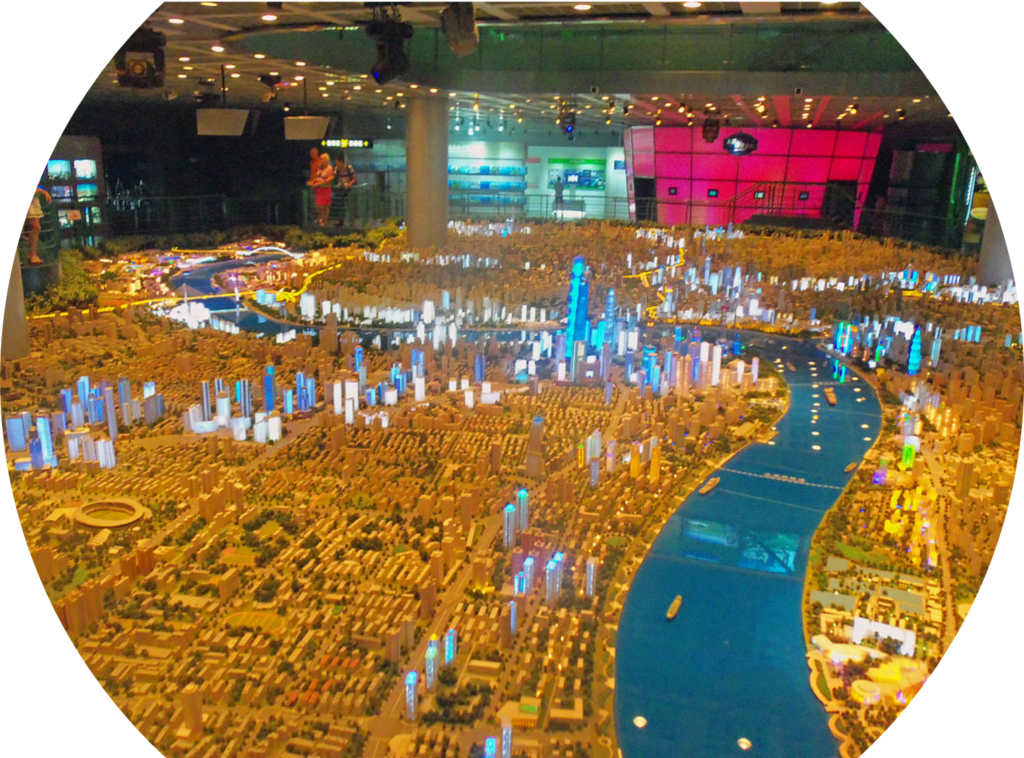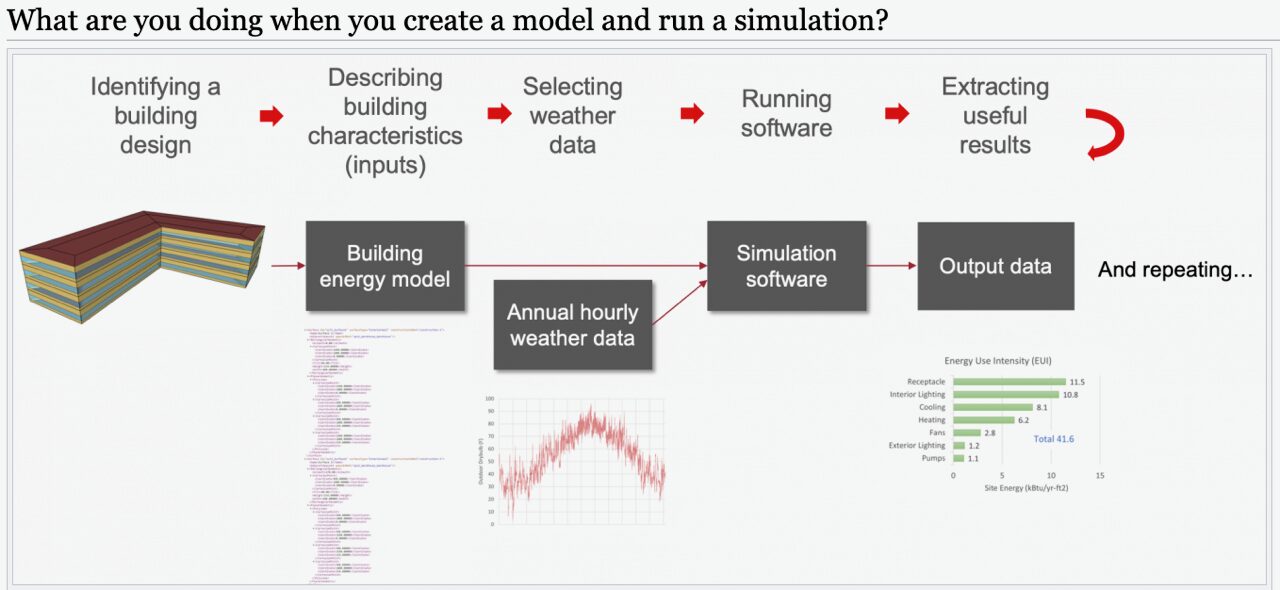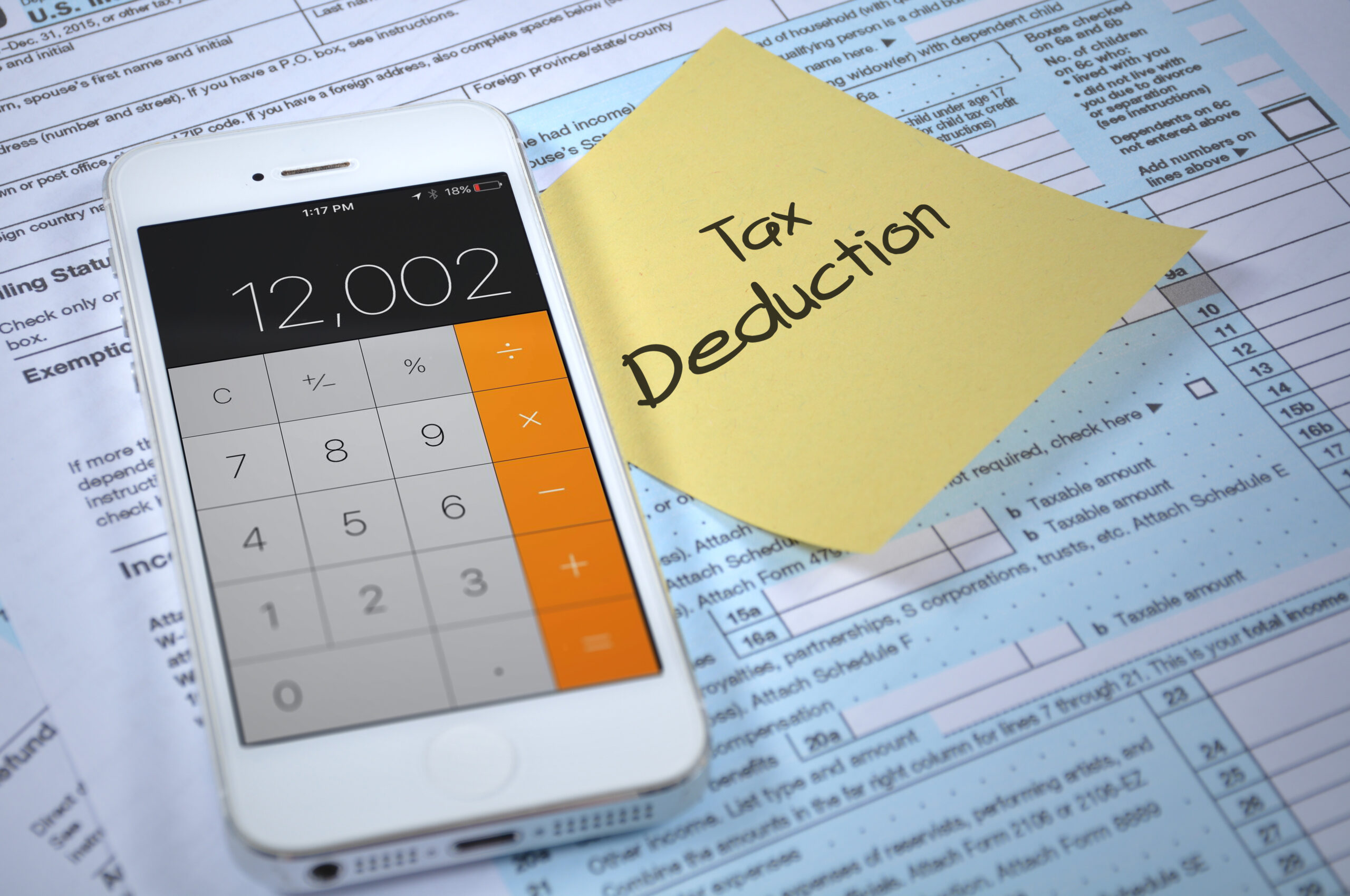What methods, tools, and data sources can you use to reflect real-world occupancy into an urban-scale building energy model?
– Get Real
Dear Get Real,
To support cities in addressing the decarbonization goals, development of urban building energy models (UBEMs) can play a significant role. UBEMs, as crucial planning and design tools, enable the holistic optimization of energy systems and strategies for energy supply/demand at multiple scales of building, neighborhood, and city. However, developing realistic energy models at the urban scale is challenging. It is mainly associated with uncertainties from the lack of data or methodological approaches for capturing the model’s dynamic factors, such as occupancy and occupant behavior. Obtaining accurate occupancy patterns for buildings is challenging because of their multifaceted and spatiotemporal stochastic nature, which requires a systematic approach to understanding and incorporating occupancy and occupant behavior in the model. This lack can lead to a significant discrepancy between simulated and measured energy data, misleading energy prediction and management, and the improper design of building and district energy systems, resulting in excessive investment or inefficient operation.
Occupancy in UBEM can be incorporated through two sub-groups:
- Occupancy and movement as defined as occupant presence/absence, occupant estimation (the number of occupants), occupant prediction (prediction in a future time window of occupancy), occupant movement (transitions between rooms/different zones), and occupant activity (identification or prediction of a specific activity); and
- Occupant behavior representing an occupant’s interactions with building systems to enable meeting the occupant’s energy and comfort-related needs.
Different methods are used to model occupancy in UBEM depending on the input data, the level of complexity, and the research goals, including rule-based (schedules or profiles), deterministic (or statistical), non-probabilistic (or data mining, data-driven), probabilistic (or stochastic, machine learning), agent-based stochastic (or object-oriented) and virtual occupant behavior models. State-of-the-art UBEM mainly relies on static deterministic profiles or schedules not representative of real-world dynamic occupancy.

 Narjes Abbasabadi, Ph.D
Assistant Professor, University of Washington Contact Narjes Here
Narjes Abbasabadi, Ph.D
Assistant Professor, University of Washington Contact Narjes Here






